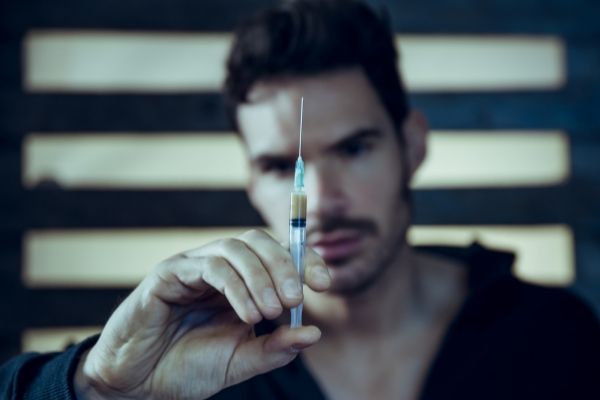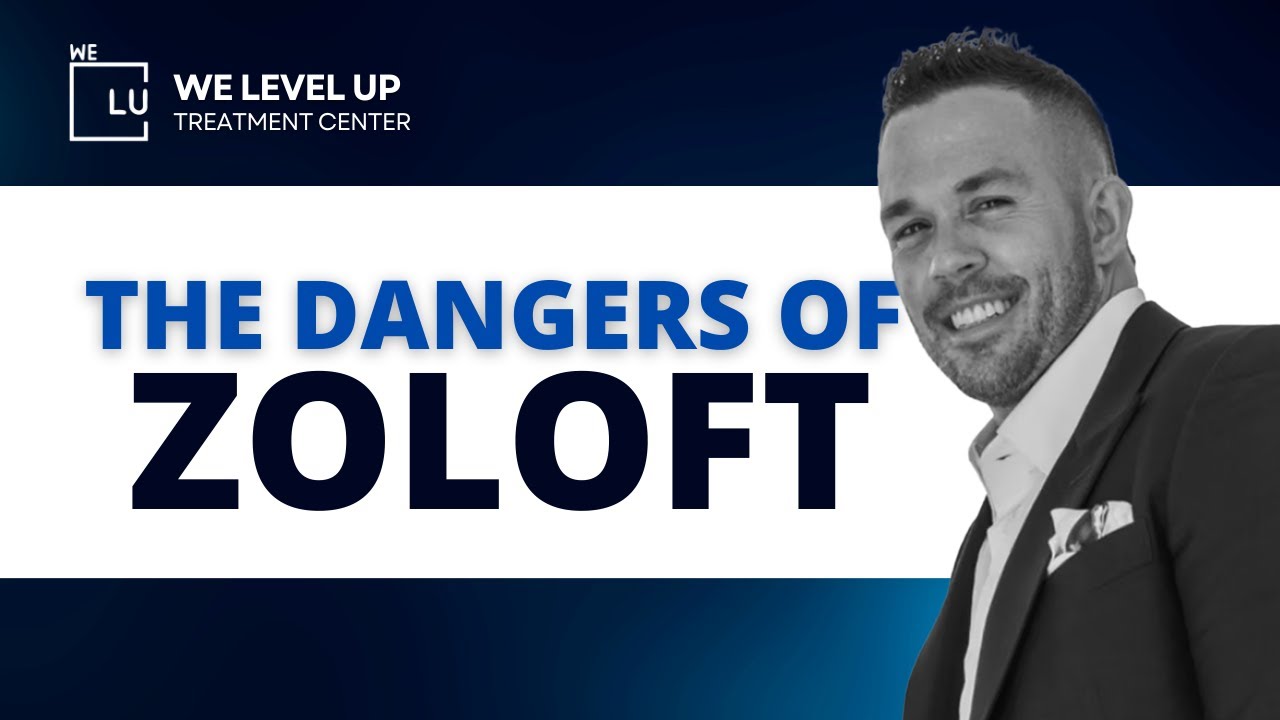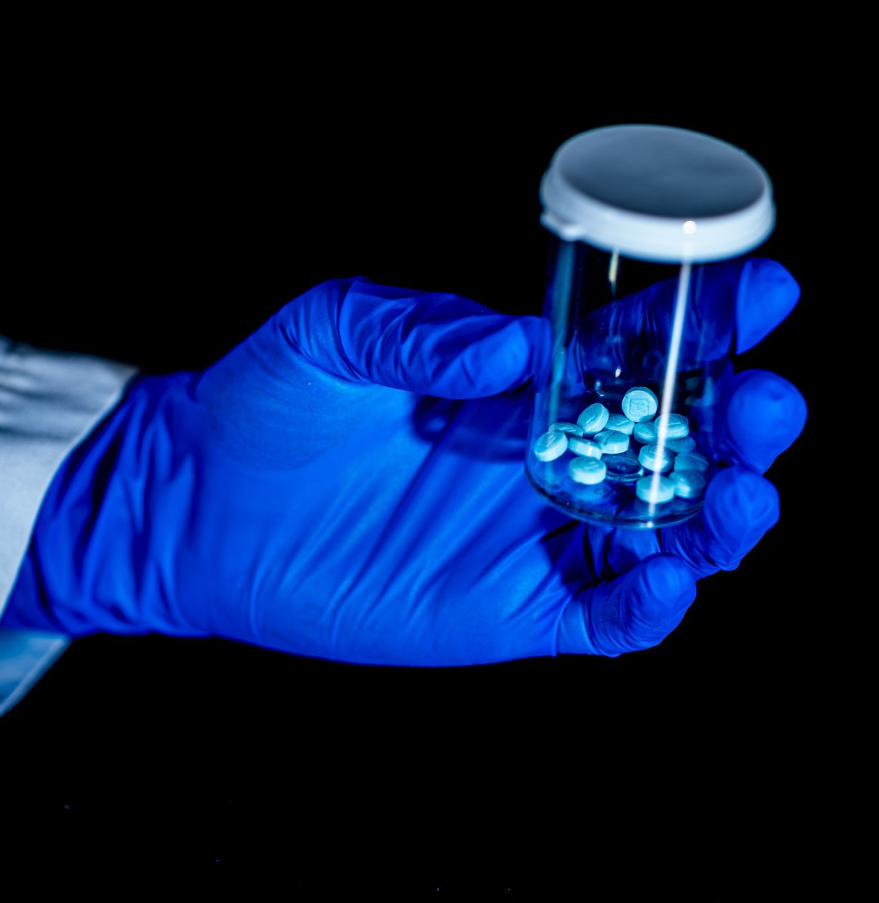You might be familiar with the term “crank” from various media, including movies like Breaking Bad. This illicit drug is known for its highly dangerous nature and is widely distributed worldwide, not just in the US. Crank poses a significant risk of fatality in cases of overdose, contributing to frequent emergency room visits due to addiction related to this substance. Statistics reveal a concerning trend: In 2020, over 93,000 Americans lost their lives due to drug overdoses. This surge was primarily attributed to synthetic opioids like fentanyl and methamphetamine.
But what exactly is a crank drug? Let’s take a closer look.
If you or someone you know is suffering from Crank addiction, the We Level Up Treatment Centers can help. Speak with our hotline specialists and discover the support and professional-accredited addiction treatment programs we offer.
What is Crank?
Crank is another term for methamphetamine, a highly potent drug known for its addictive nature. Sadly, crank addiction affects various age groups and communities worldwide. The widespread distribution of methamphetamine by drug traffickers has fueled a devastating epidemic, highlighting its soaring demand.
This drug has consistently appeared in studies tracking the most addictive substances globally, gaining notoriety even before the opioid crisis emerged. While Xanax addiction garnered significant media attention, crank remains a powerful illegal stimulant renowned for its intense rush.
Also referred to as speed or the poor man’s cocaine, crank profoundly affects the central nervous system, making it one of the most dangerous synthetic addictive substances. It’s often found as a white crystalline powder. Pure crank is nearly colorless, but street crank might have a slightly off-white hue or even brighter colors like green, yellow, pink, or blue. Due to its crystal form, it’s sometimes called shiny, quartz, or rock salt. Crank is often stuffed into small capsules for easy circulation, particularly in clubs where pills are passed around without the need for powder snorting. Liquid crank, less common, resembles a dark yellow syrup.
Is There a Difference Between Meth and Crank?
When considering pharmaceutical standards, methamphetamine falls under Schedule II as a potent stimulant notorious for its high potential for addiction. Unlike crank, methamphetamine isn’t commonly used to treat neurological conditions like narcolepsy and ADHD.
In a medical sense, methamphetamine differs significantly from crank. Prescribed meth doses are notably minimal compared to crank, which is consumed in much more substantial quantities, making the street variant of meth highly hazardous. Despite its addictive nature, methamphetamine is still used as a prescribed medication. Marketed as Desoxyn, it has been employed in addressing obesity in both adults and children.
In the United States, the stocking, transportation, production, or sale of meth is illegal and can result in federal-level investigations and penalties upon discovery. Recent years have seen increased legal restrictions imposed on chemicals that can be utilized in meth production.
Side Effects of Using Crank Drugs
Crank, commonly known as meth, is an illicit stimulant drug that induces a rapid but short-lived high, often leading individuals to consume more to sustain its effects. Some users engage in binge use, partaking frequently for days without sleep or food.
Short-term effects of crank include:
- Increased energy levels and wakefulness.
- Elevated physical activity.
- Reduced appetite.
- Feelings of euphoria.
Understanding the immediate and prolonged hazards of crank abuse is crucial. Individuals misusing crank drugs can face severe consequences concerning mental and physical health, relationships, and daily functioning. Many require extensive treatment and ongoing assistance to discontinue usage and prevent relapse.
Short-term risks associated with crank abuse can be:
- Weight loss and malnutrition due to decreased appetite.
- Rapid or irregular heartbeat.
- Elevated body temperature.
- Heightened blood pressure.
Individuals injecting meth risk contracting bloodborne diseases such as HIV and hepatitis B from shared needles. Crank consumption impairs judgment, enhancing vulnerability to risky behaviors like driving under the influence and engaging in unsafe sexual practices.
Additional long-term effects:
- Individuals injecting meth risk contracting bloodborne diseases such as HIV and hepatitis B from shared needles.
- Crank consumption impairs judgment, enhancing vulnerability to risky behaviors like driving under the influence and engaging in unsafe sexual practices.
- Additional long-term effects entail:
- Aggressive behavior.
- Paranoia.
- Hallucinations.
- Significant weight loss.
- Severe dental issues.
- Skin lesions due to scratching.
- Confusion.
- Sleep disturbances.
- Memory impairment.
- Anxiety.
Meth abuse can lead to structural and functional alterations in the brain, and some effects may persist even after discontinuing use. Recent studies suggest a heightened risk of developing Parkinson’s disease among former meth users, emphasizing the long-term repercussions even after stopping the use of the drug.

Skip To:
Learn More:
- P2P Meth, The Destructive Rise of Super Meth and its Effects
- Meth Head
- Amphetamine vs Methamphetamine
- Meth Effects
- Meth Addiction Effective Treatment And Comfortable Recovery

Get Help. Get Better. Get Your Life Back.
Searching for Accredited Drug and Alcohol Rehab Centers Near You? We Level Up Texas Is Opening Soon!
Even if you have failed previously and relapsed, or are in the middle of a difficult crisis, we stand ready to support you. Our trusted behavioral health specialists will not give up on you. When you feel ready or just want someone to speak to about therapy alternatives to change your life call us. Even if we cannot assist you, we will lead you to wherever you can get support. There is no obligation. Call our network hotline today.
FREE Addiction Hotline – Call 24/7
Symptoms and Dangers of Crank Abuse
Crank, also known as meth or by various street slang such as crystal meth, speed, and chrissy, is an immensely potent stimulant that can be consumed orally, smoked, snorted, or injected. Its powerful psychoactive effects induce an intense high, creating an artificial sense of joy and confidence.
Key Characteristics of Crank Abuse
- There’s a strong likelihood that occasional methamphetamine users will crave another hit as the drug’s allure becomes challenging to resist. Unlike a recreational drug, crank is highly addictive and swiftly inflicts severe physical and mental harm. Users may experience extreme mood swings, alternating between bouts of aggression and moments of calmness in short spans. The peak of the crank often leaves individuals unable to remain still for extended periods.
Symptoms of Crank Abuse
- Constant, incoherent speech.
- Difficulty focusing on tasks or conversations for prolonged periods.
- Persistent skin picking.
- Evidence of burn marks around the lips.
- Skin eruptions are forming sores around the mouth.
- Progressive dental deterioration.
- Unexplained nervousness and anxiety.
- Sleep disturbances lead to seeking insomnia medications.
- Inability to attain happiness solely through getting high.
- Uncontrolled sadness following the drug’s effects wearing off.
Additional Symptoms of Crank Abuse
- Engaging in risky sexual behavior.
- Respiratory issues.
- Risk of seizures and strokes.
- Financial theft.
- Social isolation.
- Increased heart rate.
- Nutritional deficiencies.
- Participation in hazardous activities.
- Severe weight fluctuations.
- Occasional hallucinations.
- Confusion and impaired short-term memory.
- Loss of interest in previously enjoyed hobbies.
- Skin picking, exacerbating acne.
- Seeking alternative substances to maintain the high (such as alcohol).
- Development of mood disorders or depression.
- Acquiring a gambling addiction.
- Symptoms resembling post-traumatic stress disorder.
Get Help. Get Better. Get Your Life Back.
Searching for Accredited Drug and Alcohol Rehab Centers Near You? We Level Up Texas Is Opening Soon!
Even if you have failed previously and relapsed, or are in the middle of a difficult crisis, we stand ready to support you. Our trusted behavioral health specialists will not give up on you. When you feel ready or just want someone to speak to about therapy alternatives to change your life call us. Even if we cannot assist you, we will lead you to wherever you can get support. There is no obligation. Call our network hotline today.
FREE Addiction Hotline – Call 24/7Understanding the Mechanics of Crank
Crank, or methamphetamine, generates a euphoric high by triggering an abnormal surge in dopamine levels. This neurotransmitter activity isn’t typical for our brains. Prolonged use of crank meth can permanently damage the brain’s dopamine receptors. Over time, individuals using Crank become highly dependent and unable to experience pleasure without the drug.
How Crank Affects the Brain
Due to the disrupted dopamine receptors, the brain struggles to induce feelings of happiness in the usual manner. This compels the user to repeatedly seek the high, resulting in a cycle of dependence. The overwhelming effect of crank meth on the brain’s pleasure centers can hinder the brain’s natural healing process, leading to lasting harm.
Persistent crank addiction leads to irreparable damage to cognitive abilities, further exacerbating the detrimental impact of this substance.
Insight into Crank Manufacturing
Methamphetamine production gained notoriety through its portrayal on the TV series “Breaking Bad.” Unlike drugs relying on plant-based ingredients, crank is a synthetic, man-made substance. While heroin and marijuana incorporate natural components, meth is chemically synthesized and has been manufactured using unconventional materials like lantern fuel.
This method makes controlling the potency of crank meth extremely challenging. Dealers might have limited knowledge about the drug’s strength as each batch differs. Consequently, some meth labs may contain hazardous chemicals comparable to industrial toxic waste.

Street Production Risks
Street methamphetamine is created in makeshift labs using hazardous chemicals, increasing contamination risks and exacerbating crank addiction symptoms. Various over-the-counter chemicals facilitate the illicit production of meth, contributing to its prevalence in small-scale backyard labs, frequently discovered by law enforcement agencies.
Common over-the-counter flu medications serve as raw materials for meth production. When these chemicals are unavailable, substances such as battery acid, ammonia, drain cleaners, and antifreeze are utilized, often stocked in illegal warehouses. Meth labs involving these chemicals are prone to fire outbreaks.
Forms of Methamphetamine
Methamphetamine for illegal use comes in two primary forms:
- A fine white powder.
- Tiny crystals (Crystal meth).
Crystal meth, recognized for its purity and potency, is also referred to as ice or glass due to its crystalline appearance. It’s commonly found in rave parties and nightclubs and is associated with the club scene.
Methamphetamine Drug Statistics
Methamphetamine is a highly addictive and dangerous drug that poses significant risks to the health and well-being of individuals who use it. Despite the many negative consequences of meth abuse, the problem continues to affect communities across the United States and worldwide.
In recent years, studies and research have shed light on the scope and impact of meth abuse, highlighting the urgent need for effective prevention, treatment, and intervention strategies. This section will examine some of the latest statistics and findings on meth abuse, drawing from recent studies and reports.
- In 2019, an estimated 1.9 million people in the United States used methamphetamine in the past year, and 1.6 million people used it in the past month. (National Survey on Drug Use and Health)
- Methamphetamine is one of the most commonly seized drugs in the United States, with a total of 117,485 kilograms seized by law enforcement in 2019. (Drug Enforcement Administration)
- Methamphetamine-related overdose deaths in the United States increased from 1,762 in 2010 to 10,333 in 2019. (Centers for Disease Control and Prevention)
- Small-scale methamphetamine labs, like those used to produce P2P meth, are often discovered and shut down by law enforcement. In 2019, the Drug Enforcement Administration seized 2,963 methamphetamine labs in the United States. (Drug Enforcement Administration).
- Methamphetamine addiction can be particularly difficult to overcome without professional treatment and support. In one study, individuals with methamphetamine use disorder had significantly lower rates of remission and longer times to achieve remission than those with other substance use disorders. (National Institute on Drug Abuse)
In summary, methamphetamine use and production remains a significant problem in the United States and around the world, and the addictive nature of the drug can make it difficult for individuals to stop using without help.
550 Million
Meth costs the United States $550 million in drug treatment programs annually.
Source: NIDA
16 Million
According to the 2017 National Survey on Drug Use and Health, 1.6 million people reported using Meth in the past year.
Source: NIDA
964,000 people
An estimated 964,000 people aged 12 and older qualified as having a Meth use disorder in 2017.
Source: NIDA
Opening Soon! First-Class Facilities & Amenities
World-Class High-Quality Addiction & Mental Health Rehabilitation Treatment
Coming Soon! Rehab Centers TourRenowned Addiction Centers. Serene Private Facilities. Inpatient Rehab Programs Vary.
FREE Addiction Hotline – Call 24/7Proven recovery success experience, backed by a Team with History of:
15+
Years of Unified Experience
100s
5-Star Reviews Across Our Centers
10K
Recovery Success Stories Across Our Network
- Low Patient to Therapist Ratio
- Onsite Medical Detox Center
- Comprehensive Dual-Diagnosis Treatment
- Complimentary Family & Alumni Programs
- Coaching, Recovery & Personal Development Events
Meth Addiction Support at We Level Up Texas
Treatment for meth addiction typically involves medication-assisted treatment, behavioral therapy, support groups, and residential treatment programs. The goals of meth addiction treatment are to help individuals stop using methamphetamine, manage withdrawal symptoms, and develop the skills and strategies needed to maintain long-term sobriety.
Medication-assisted treatment (MAT) involves using medications to manage the physical symptoms of withdrawal and cravings that can occur when an individual stops using methamphetamine. Medications such as buprenorphine or naltrexone can effectively reduce cravings and prevent relapse.
Behavioral therapy is another critical component of meth addiction treatment. This therapy focuses on changing behavior and thought patterns contributing to drug use. Cognitive-behavioral therapy (CBT) and contingency management are two evidence-based therapies effective in treating meth addiction.
Support groups like Narcotics Anonymous (NA) or SMART Recovery can also be necessary for meth addiction treatment. These groups provide a supportive environment where individuals can share their experiences, receive encouragement, and learn from others who have overcome addiction.
Residential treatment programs are another option for individuals struggling with methamphetamine addiction. These programs provide a safe, structured environment where individuals receive intensive treatment and support. Residential treatment programs may be especially beneficial for those with severe addiction, co-occurring mental health disorders, or a history of relapse.
In addition to these treatment options, it is crucial to address the physical and mental health consequences associated with methamphetamine addiction. Treatment may involve addressing dental decay, skin sores, anxiety, depression, and psychosis that can occur with methamphetamine use.
Overall, meth addiction treatment requires a comprehensive approach that addresses addiction’s physical, mental, and emotional aspects. With the appropriate support and resources, it is possible to overcome methamphetamine addiction and maintain long-term sobriety.
Why Choose We Level Up Treatment Center?
At We Level Up Treatment Center, our dedicated team of professionals is committed to guiding you through every step of your recovery journey. We prioritize your well-being and provide a nurturing environment conducive to healing and growth.
Take the first step towards recovery today. Contact us to begin your journey to a drug-free life. You don’t have to face addiction alone—we are here to help you reclaim control and achieve lasting sobriety.
Start a New Life
Begin with a free call to an addiction & behavioral health treatment advisor. Learn more about our dual-diagnosis programs. The We Level Up treatment center network delivers recovery programs that vary by each treatment facility. Call to learn more.
- Personalized Care
- Caring Accountable Staff
- World-class Amenities
- Licensed & Accredited
- Renowned w/ 100s 5-Star Reviews
We’ll Call You
What Causes Meth Face?
Search We Level Up TX What is Crank Drug? Side Effects, Dangers, and More Topics & Resources
Sources
- “Methamphetamine Drug Threat Assessment.” National Drug Intelligence Center, Mar. 2005. What is crank drugs? Crank drug meaning – Related Articles
- Maxwell, Jane, and Brecht, Lynn. “Methamphetamine: Here We Go Again?.” Addictive Behaviors, vol. 36, Jul. 2011. What is crank drugs? Crank drug meaning – Related Articles
- Toske, Steven G et al. “Isolation and Characterization of a Newly Identified Impurity in Methamphetamine Synthesized via Reductive Amination of 1-phenyl-2-propanone (P2P) Made From Phenylacetic Acid/lead (II) Acetate.” Drug Testing and Analysis vol. 9, Mar. 2017. What is crank drugs? Crank drug meaning – Related Articles
- “How is Methamphetamine Manufactured?.” National Institute on Drug Abuse, 2021. What is crank drugs? Crank drug meaning – Related Articles
- “Methamphetamine.” National Institute on Drug Abuse. Mar. 2014. What is crank drugs? Crank drug meaning – Related Articles
- Kunalan, Vanitha, et al. “Characterization of Route Specific Impurities Found in Methamphetamine Synthesized by the Leuckart and Reductive Amination Methods.” Analytical Chemistry, vol. 81. Sep. 2009. What is crank drugs? Crank drug meaning – Related Articles
- Onoka, Isaac, et al. “A Review of the Newly Identified Impurity Profiles in Methamphetamine Seizures.” Forensic Science International: Synergy, vol. 2, Jun. 2022.
- NIH – The Methamphetamine Problem in the United States What is crank drugs? Crank drug meaning, what drug is crank – Related Articles
- NIH – Methamphetamine: Here We Go Again? What is crank drugs? Crank drug meaning, what drug is crank – Related Articles
- U.S. Drug Enforcement Administration (DEA) – Methamphetamine and the CMEA https://www.deadiversion.usdoj.gov/mtgs/pharm_awareness/conf_2013/nov_2013/cmea.pdf What is crank drugs? What drug is crank, Crank drug meaning – Related Articles






